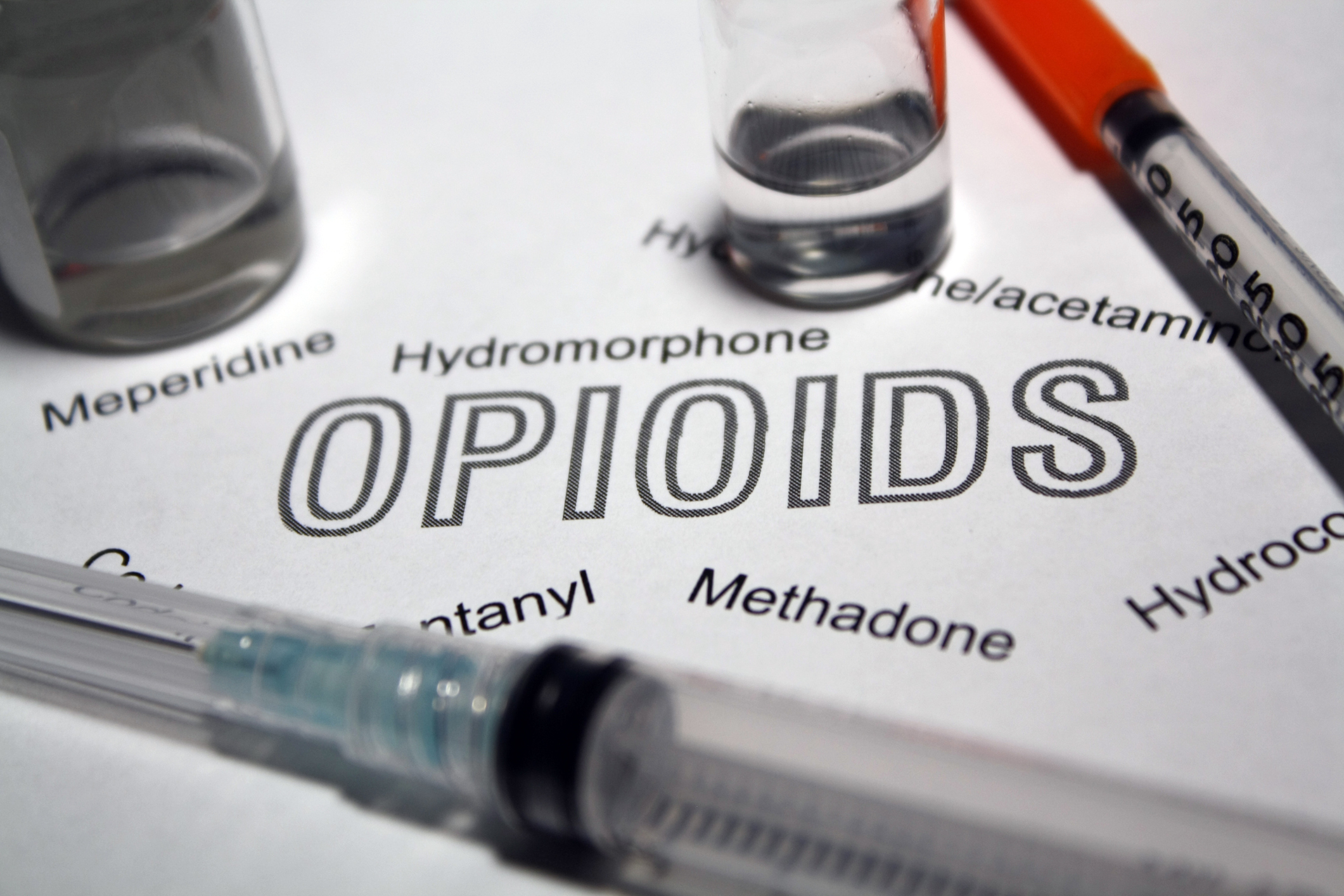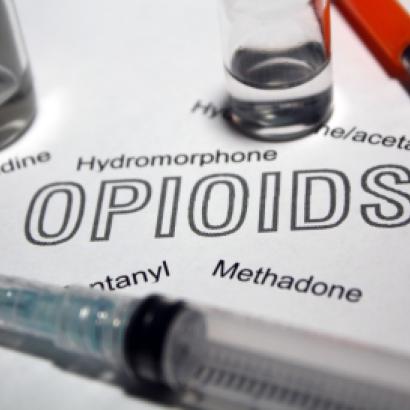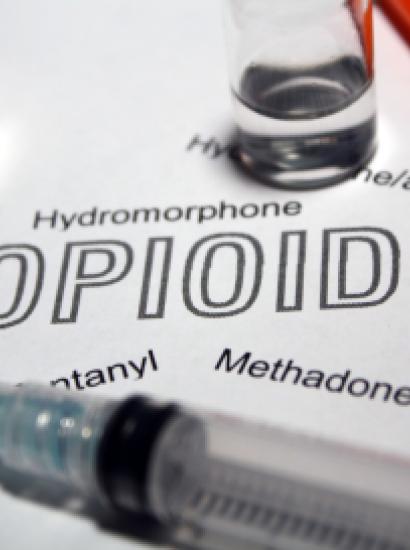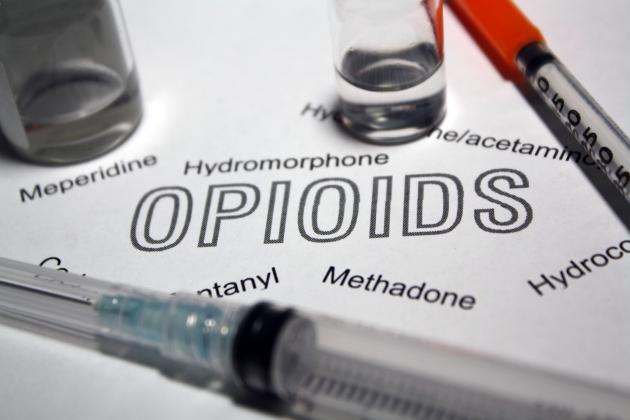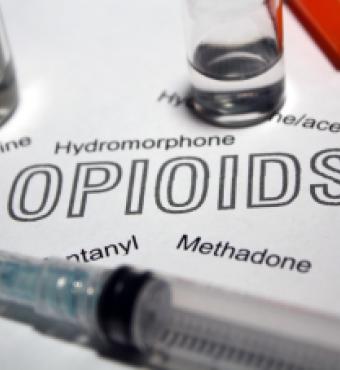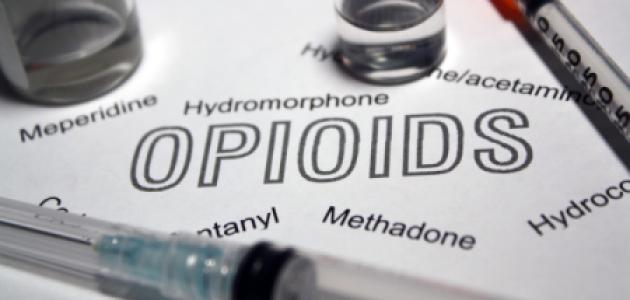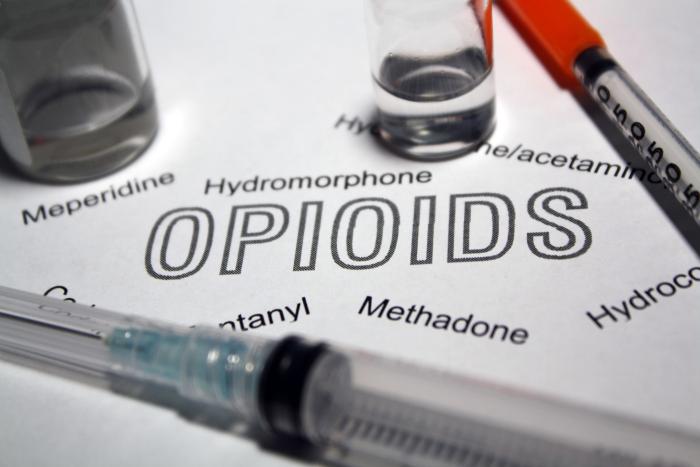The use of the term “crisis” in public debates is often just a crude effort to raise social awareness about an issue of limited social importance. Not so with opioids. The term “opioid” refers to a class of drugs that includes illegal substances such as heroin and FDA-approved drugs such as fentanyl, OxyContin, Vicodin, Codeine, and morphine. This broad class of drugs is today in the public eye because of the large number of deaths and injuries that result from their misuse. In 2017, over 47,000 people died from the use of these compounds, and deaths from synthetic opioids have increased 45% since 2016. In 2018, more Americans died from opioid overdoses than were killed in car crashes. Injuries short of fatality were also immense: Perhaps up to 2.4 million people have suffered from substance abuse problems related to all classes of legal and illegal opioids.
Opioid abuse follows multiple paths. In some instances, patients to whom the drugs have been properly prescribed ingest excessive quantities or continue to take them after the period of prescribed medical use has ended. In other cases, persons with no medical conditions take them for recreational purposes. In about 4 to 6 percent of cases, persons who start on legal opioids transition to heroin. Further deaths are attributable to the illicit manufacture of fentanyl, far removed from recognized distribution channels organized and overseen by either private pharmaceutical companies or the FDA.
The National Institute on Drug Abuse notes a variety of government responses toward the opioid crisis organized by the Department of Health and Human Services and the National Institutes of Health. All of these remedies are directed toward dealing with end users, including the provision of better healthcare management, public education campaigns, and improved research. In October 2018, President Trump signed into law legislation that gives additional federal backing to these programs.
Noticeably absent from the government’s list is the use of either direct regulation or litigation to try to stem the flow of opioids into improper channels. That void has been filled by state and local governments looking to litigation to recoup expenses incurred in coping with the crisis. Nationwide estimates for the cost of legal drug misuse top $78.5 billion per year, with additional billions for drugs that are illegally distributed and used.
One set of lawsuits brought by counties and cities seeks to recover the costs incurred from dealing with the onslaught of opioid cases within their jurisdictions. A common theory, as articulated in a recent lawsuit brought by the City of Costa Mesa, California, claims that these pharmaceutical companies “intentionally flooded the market with opioids and pocketed billions of dollars in the process” while making “false statements designed to persuade both doctors and patients that prescription opioids posed a low risk of addiction.”
At the same time, individuals are bringing suit against private manufacturers and distributors of opioids. Private companies are always easy targets for suit, because, unlike government-run hospitals, they do not receive any statutory protection against the imposition of tort liability. Thus, one website urges individuals to file their lawsuits today, insisting that previous filings have disclosed that “even apparently irreproachable doctors, pharmacists, and drug wholesalers are on the payroll of Big Pharma, who paid them kickbacks and lavish gifts to inappropriately prescribe these drugs.” Just how should these cases be analyzed?
Start with the government claims, which face the simple obstacle that none of the entities bringing suit were users of the drugs in question. Indeed, some of their hospitals and clinics may have supplied drugs to those they treated. In order to overcome this difficulty, many locales have taken to passing public nuisance declarations. Osceola County, Florida, for example, branded the opioid epidemic a public nuisance in order consciously to improve its legal position in upcoming litigation. That motivation makes the whole venture highly suspect, for it uses the dubious tactic of branding as illegal actors the very parties whom the county is suing for enormous damages.
This novel theory also suffers from a conceptual weakness. Like other recent lawsuits seeking damages—for example, those against buildings using lead paint—these opioid suits stretch the notion of public nuisance beyond recognition. That body of law developed in response to common cases where one party by certain conduct caused large numbers of small injuries to a broad class of individuals by blocking access to public roads or by polluting public waters. It obviously made no sense to allow hundreds of suits for small claims when the more efficient disposition of the problem was to allow a local government in whose territory the harm took place to take steps to remove the hazard and thereafter to fine the offender to deter further harmful actions. To complete the picture, particular individuals with serious, or “special,” injuries, could maintain ordinary suits.
Today’s opioid public nuisance claims are fatally defective because they do not allege any harm to any public party, but instead proceed on a distinct theory that a government which supplies services to particular individuals is entitled to sue the manufacturers and suppliers of various drugs used in those services for the injuries of patients. The correct way to think of these claims turns on the doctrine of subrogation. The local government may properly insist as a condition of supplying the services in question that the injured party assign to it all its potential claims against a drug manufacturer or distributor for all related medical expenses. The key point, however, is that under subrogation, the claim of the institution is no stronger than the original claim brought by the individual plaintiff from which the subrogation action was carved out. Rightly understood, subrogation claims are subject to all the defenses available against the original user. That point matters because such individual claims present serious obstacles of their own along three key dimensions.
First, the product in question must be made or distributed by the named defendants. That element is often unproven, because many injured parties did not use products legally manufactured. Heroin is always illegal and it is widely recognized that illegally made fentanyl is an increasingly important cause of death. Anyone who consumes illegally made products does so at their own risk.. It would be the worst form of subsidy for such users to recover damages from drug distributors and manufacturers of legal substances, who then have to pass those costs on to users who make proper use of their products.
Second, there has to be proof that the opioid sold was defective in its initial condition. None of these cases involve the improper manufacture of the drug. They all involve the claim that the warnings in question were somehow inadequate. But those claims run into serious difficulty that the warnings supplied were detailed and exhaustive and typically reinforced by the learned physicians and other healthcare providers further down the chain of distribution. The individual claims often allege some form of indirect overpromotion of the drugs—a claim that has to be proved specifically in individual cases, and which is hotly contested by the various manufacturers and distributors. One purpose of the public nuisance claim was to lump together unrelated claims to obscure this problem. But hand-to-hand combat on this issue necessarily precedes the question of whether plaintiffs can prove that the defendants’ distributional models were flawed.
Third, the product has to remain in its original condition, lest the manufacturer be held responsible for harms caused by a far more dangerous product than they made or marketed. Just that can happen by crushing tablets into small bits capable of wreaking havoc by flooding the blood stream of the individual user. The traditional tort law held that a product had to be used in a “normal and proper” fashion, so that any defect in the original product remained operative until the time of injury. Courts should be slow to disregard this sensible limitation because it invites compensation for knowingly dangerous behavior, which any healthcare provider rightly seeks to prevent and over which manufacturers have little or no effective control.
Under these basic rules, any opioid user faces an uphill battle to recover damages against manufacturers or suppliers. But it is important to see that findings of no-liability serve an important social function as well. These opioids remain on the market today because they serve the critical function of pain control that allows many people to heal and to return to a normal life. Indeed, just this past week the FDA officially announced that patients who are treated with opioids for excruciating pain should be weaned slowly from this drugs, if at all. Is it really wise to force massive liabilities upon the manufacturers and distributors who have supplied these products if the upshot is that they will no longer be available to those people who desperately need them? I have little doubt that, given what is known today, further steps to guard against their illicit use may help tamp down the current crisis. But those remedies have to be imposed prospectively and systematically by federal or state regulation. Running a multifront tort war in courthouses across the nation today will divert us from the task of easing the risk of improper opioid use tomorrow.







